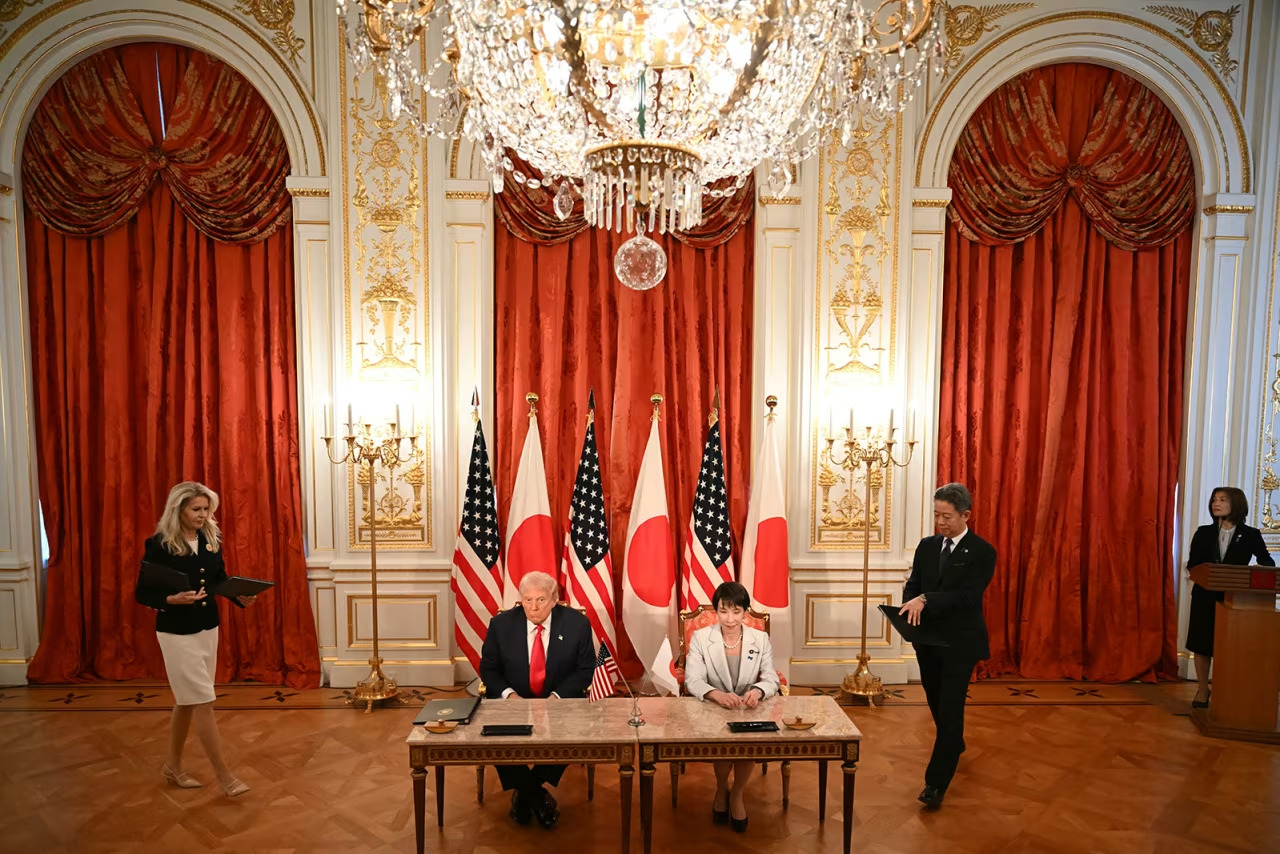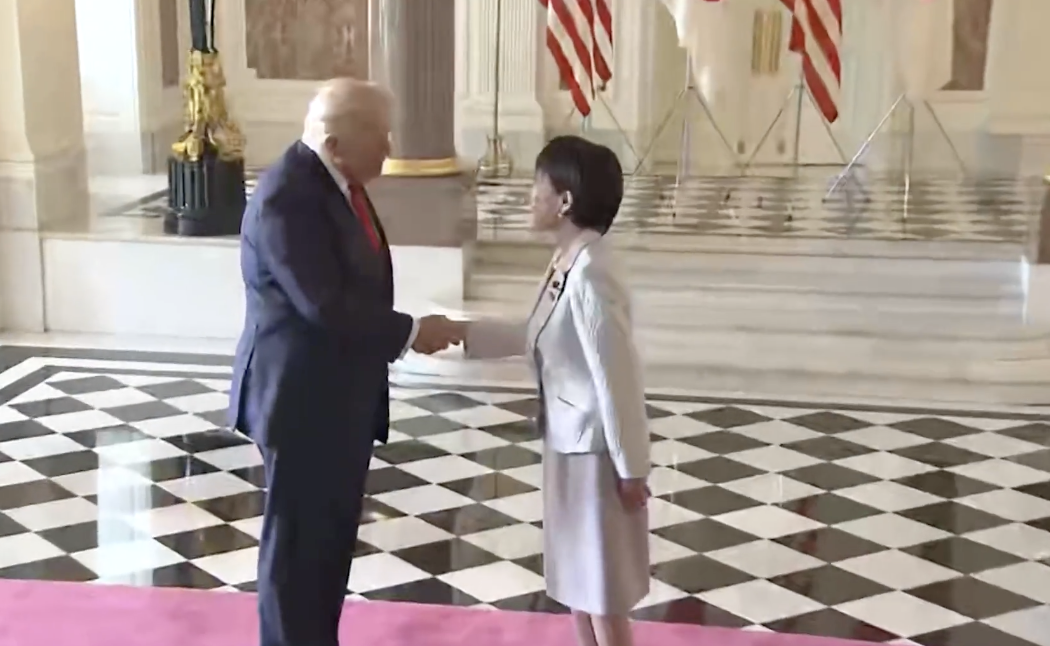Diplomacy Driven by Resources

TEXT : Arnold Bittencort
During his second Asian tour, U.S. President Donald Trump met with Japan’s new conservative Prime Minister Sanae Takaichi and signed a cooperation framework on rare earth supply. While Washington struggles with a government shutdown, Tokyo is beginning to shape a new national strategy centered on resource security. What does this shift in “resource diplomacy” signify?
U.S. President Donald Trump arrived in Japan as part of his Asian tour. His counterpart this time was Prime Minister Sanae Takaichi, who has rapidly emerged as a symbolic figure of Japan’s new conservatism. Although their political styles differ markedly, the meeting converged on a shared interest — a framework agreement on securing supplies of critical minerals and rare earth elements.

Rare earths are at the core of future industrial and security competition: electric vehicles, semiconductors, data centers, and missile defense systems all rely heavily on them. China currently dominates global supply and has a history of using export restrictions as a diplomatic tool. For the United States, securing stable access to rare earths is nothing less than the lifeline of its industry and national defense.
What makes this agreement noteworthy is not merely that Japan is gaining access to materials. Rather, Japan is positioning itself not as a passive importer but as a proactive player in rebuilding supply chains with trusted partners. This signals a shift from reactive diplomacy toward a strategy-driven resource policy — one in which Japan aims to hold influence over upstream decisions, not just downstream manufacturing.
Meanwhile, domestic politics in the United States tell a different story. Due to a deepening partisan divide, the government shutdown remains unresolved. House Speaker Mike Johnson continues to justify Congress’ recess, insisting that lawmakers are conducting “important work in their districts.” Yet the reality is gridlock. Political paralysis risks undermining continuity in foreign policy, leaving uncertainty over whether sufficient funding and bipartisan support will follow through on the rare earth cooperation framework.

Trump is also scheduled to visit U.S. military forces stationed in Japan during this trip. Taken together — rare earth cooperation on the economic front and a symbolic reaffirmation of military ties — the visit reveals a deeper shift in U.S.–Japan relations. It signals the evolution of the alliance into something beyond security cooperation: a strategic alliance involving both defense and resource security.
Japan has long relied on imports for natural resources and has often been vulnerable to international price fluctuations and export restrictions. Prime Minister Takaichi’s decision to put resource security at the center of national strategy represents a significant departure from past approaches. Her stance conveys a clear message: Japan will define its own future, not wait for it to be defined by others.
In a world where geopolitical tensions are reshaping supply chains and economic blocs, nations are no longer asking, “Which side are we on?” Instead, they are asking, “Where do we position ourselves?” By stepping out of a reactive posture and taking initiative, Japan has taken a historically meaningful step.
The country that controls resources will control the future.
This agreement represents a declaration of that reality — and Japan’s intention to act accordingly.
